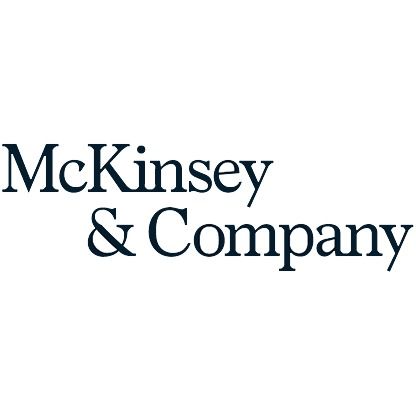Plastics Recycling: Using an Economic-feasibility Lens to Select the Next Moves
The article states that the growing issue of plastic waste pollution has prompted widespread calls for action from stakeholders, including consumers, regulators, and industries. Tackling this problem requires a comprehensive approach that reimagines the entire plastics value chain—from designing recyclable products to developing effective waste recovery systems and advancing recycling technologies. However, despite the significant potential for value creation through plastic reuse, only 15% of the plastic produced globally is recycled annually.
Several factors contribute to this disconnect. The affordability and versatility of plastics, particularly in packaging, have driven their global growth at an average annual rate of 6% since 1965. However, this expansion has outpaced the development of adequate systems to manage plastic waste effectively. Complicating the issue further are the fragmented value chain, the varying economics of recycled plastics compared to virgin resins, and unclear regulations that hinder progress.
To address these challenges, the article highlights the Plastics Recovery and Reuse (PRR) model, developed as a tool to assess the economic feasibility of recycling plastics across the value chain. The model evaluates over 1,000 combinations of resin types, applications, geographical locations, and recovery methods. Incorporating granular data on global plastic flows helps identify the most viable recycling opportunities. Key factors analyzed include major resin types (such as PET, HDPE, and PP), diverse applications (ranging from packaging to construction materials), and regional waste management practices.
The findings of the PRR model reveal that recycling efforts currently face significant hurdles. Only about 20% of plastics-waste volumes represent economically attractive opportunities that generate sufficient returns to satisfy private investors. Approximately 50% of cases yield positive operating margins but fail to achieve profitability when capital costs are included. The remaining 30% of waste volumes involve applications where recycling is prohibitively expensive due to high capture and processing costs.
To overcome these barriers, the article suggests several strategies:
- Scaling Recycling Systems: Developing cost-effective collection and processing methods.
- Improving Product Design: Redesigning items for better recyclability by substituting resins or modifying specifications.
- Enhancing Collaboration: Encouraging value-chain partners to coordinate efforts and align requirements to boost economic feasibility.
- Informed Policy Making: Using tools like the PRR model to guide regulatory decisions that support sustainable recycling initiatives.
- Investment Resilience: Preparing for shifts in economic conditions, such as changes in oil prices and petrochemical market dynamics.
The
article emphasizes that a one-size-fits-all
solution will not work for the
diverse challenges posed by plastic waste. Tailored strategies, informed by
granular economic insights, can pave the way for a circular economy for
plastics. By aligning stakeholders and directing investments strategically,
these efforts can contribute to resolving the global plastic waste crisis
effectively.


